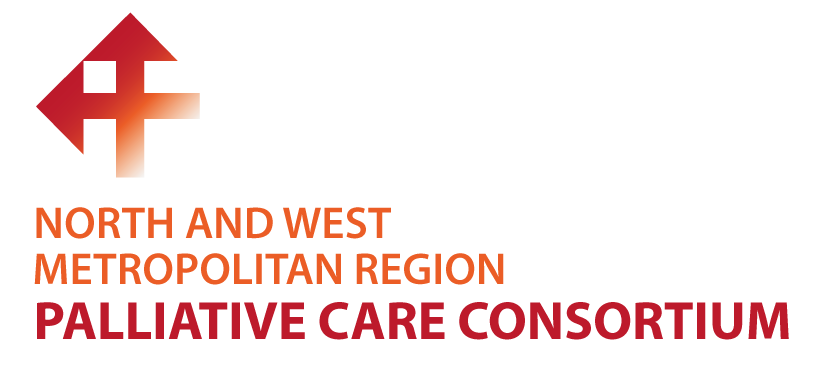Dementia and Palliative Care
Dementia describes a collection of symptoms that are caused by disorders affecting the brain. It’s not a normal part of ageing. Dementia is a terminal diagnosis. Symptoms can impact a person’s ability to communicate, eat, complete routine occupations, move, manage continence and recognise familiar places and people. Supports for the person living with dementia will vary over time and can be impacted by other co-morbidities. Click here for Dementia Australia’s website.
Dementia specific resources
- This resource provides guidance for health professionals on palliative and end-of-life care for people with dementia and those who support them.
- Dementia Australia also has a general guide with palliative care needs identified in section 9 of this resource.
- Dementia and Palliative Care: Palliative care | Dementia Australia has a range of resources on planning and accessing support.
- Palliative Care Australia: Palliative Care and Dementia – Palliative Care Australia
- Palliative Care Tasmania guidelines: Palliative Care for people living with Dementia – Palliative Care Tasmania (pallcaretas.org.au)
- The Aged Dementia Health Education and Research (ADHERe) centre has developed a wide range of evidence-based resources for healthcare professionals and older people Aged Dementia Health Education & Research (ADHERe)
- Abbey Pain Scale is designed to assist in the assessment of pain in residents who are unable to clearly articulate their need.
- Kings College London resource provides information about eating and drinking for people with severe dementia.
- Environmental design resource: the National Aged Care Design Principles and Guidelines
- This 18 page guide from the United Kingdom provides useful information for end of life care for people with dementia.
